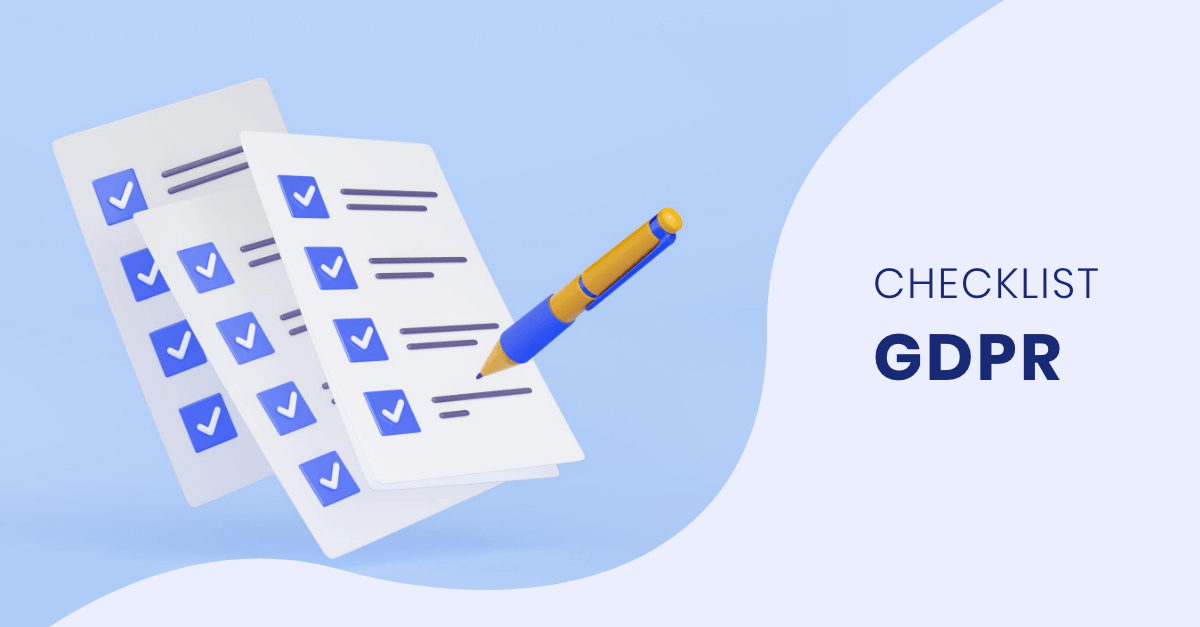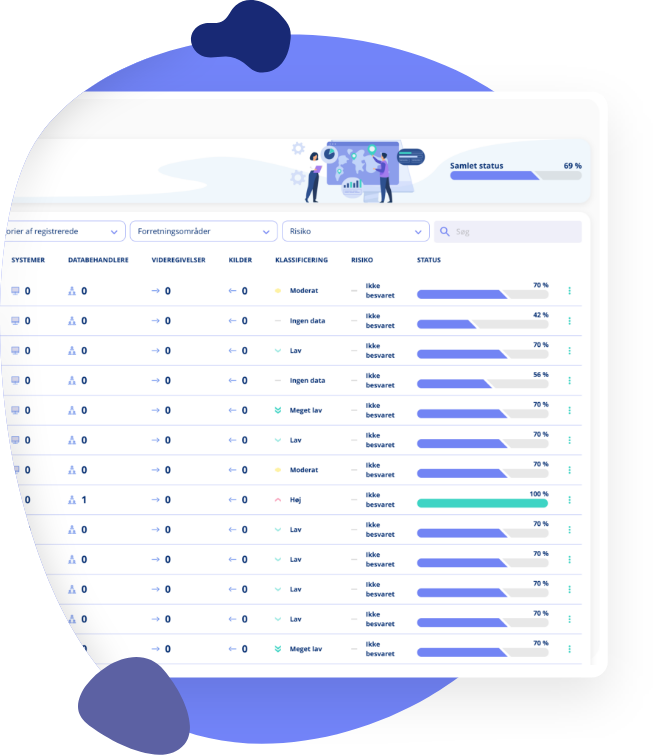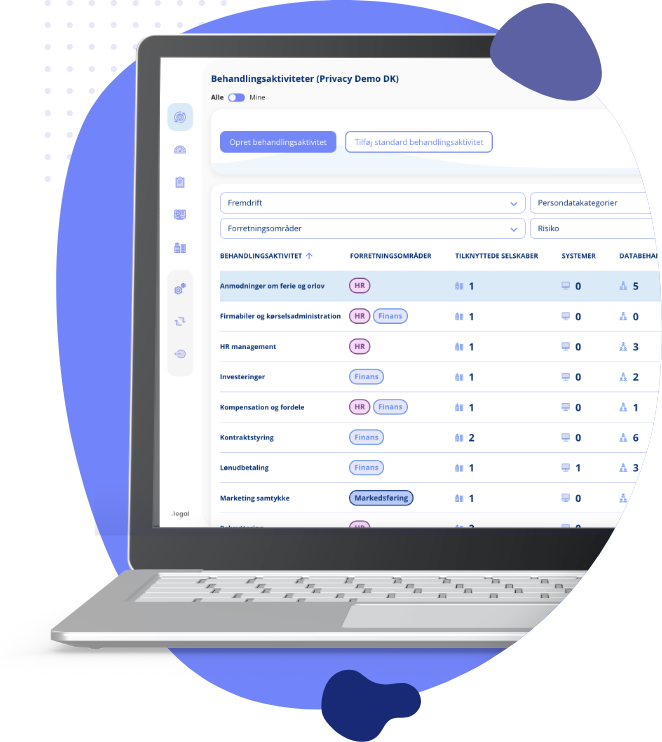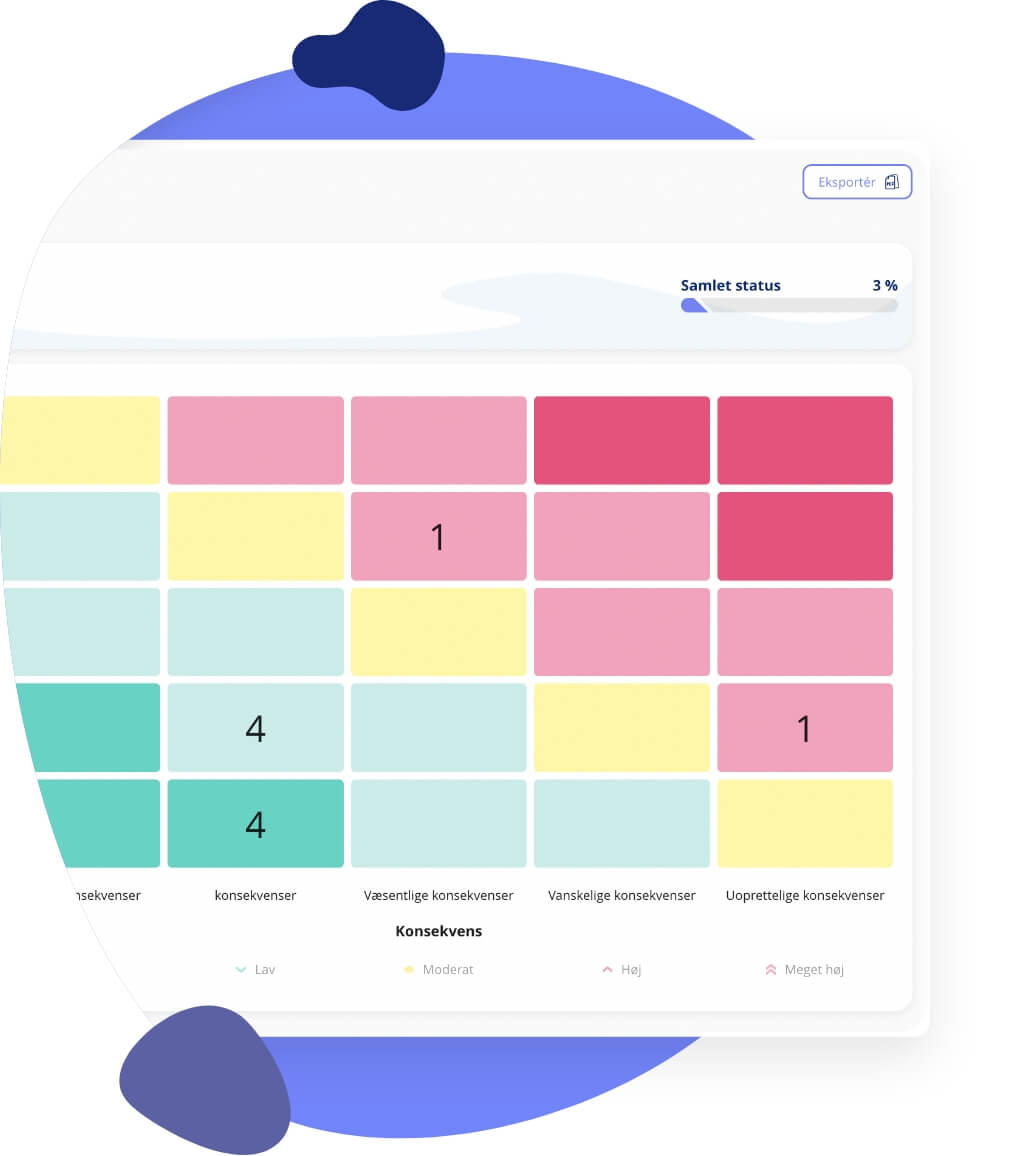GDPR Documentation | List of Documents

Introduction
List of Mandatory Documents Required by EU GDPR
This list gives you a quick snapshot of the essential documents for GDPR compliance. We'll delve into each of these in the following sections to provide a comprehensive guide.
-
Personal Data Protection Policy
-
Privacy Notice
-
Employee Privacy Notice
-
Data Retention Policy
-
Data Retention Schedule
-
Data Subject Consent Form
-
Parental Consent Form
-
DPIA Register
-
Supplier Data Processing Agreement
-
Data Breach Response and Notification Procedure
-
Data Breach Register
-
Data Breach Notification Form to the Supervisory Authority
-
Data Breach Notification Form to Data Subjects
GDPR Documentation Checklist
Navigating the maze of GDPR compliance may often feel overwhelming. The key to successful compliance has two main parts. First, you need to understand the legal language of GDPR. Second, it's crucial to put in place a series of documents. These documents help protect both you and the individuals whose data you're handling. In simple terms, these documents serve as the roadmap to your GDPR compliance journey.
Personal Data Protection Policy
Privacy Notice
Employee Privacy Notice
Data Retention Policy
Data Retention Schedule
Data Subject Consent Form
Parental Consent Form
DPIA Register
Read also: Data Privacy Risk Management - Best Practices & Frameworks
Supplier Data Processing Agreement
Data Breach Response and Notification Procedure
Data Breach Register
Data Breach Notification Form to the Supervisory Authority
Data Breach Notification Form to Data Subjects
Feel free to consult our comprehensive guide to GDPR for a deeper dive into each of these requirements. For further inquiries, check out our pricing options.
Non-Mandatory, but Useful Documentation
-
Data Protection Officer Job Description
-
Project Plan for Complying with the EU GDPR
-
Standard Contractual Clauses for the Transfer of Personal Data to Controllers
-
Standard Contractual Clauses for the Transfer of Personal Data to Processors
Non-Mandatory, but Useful Documentation Checklist
Data Protection Officer Job Description
Record of Processing Activities
Standard Contractual Clauses for the Transfer of Personal Data to Controllers
Standard Contractual Clauses for the Transfer of Personal Data to Processors
By being proactive and preparing these extra documents, you'll be a step ahead in your GDPR compliance journey.
Non-Mandatory, but Useful Documentation
-
EU GDPR Readiness Assessment
-
Project Plan for Complying with the EU GDPR
-
Employee Personal Data Protection Policy
-
Register of Privacy Notices
-
Guidelines for Data Inventory and Processing Activities Mapping
-
Data Subject Consent Withdrawal Form
-
Parental Consent Withdrawal Form
-
Data Subject Access Request Procedure
-
Data Subject Access Request Form
-
Data Subject Disclosure Form
-
Data Protection Impact Assessment Methodology
-
Cross Border Personal Data Transfer Procedure
-
Processor GDPR Compliance Questionnaire
-
Documents regulating security of personal data
Non-Mandatory, but Useful Documentation Checklist
EU GDPR Readiness Assessment
Project Plan for Complying with the EU GDPR
Employee Personal Data Protection Policy
Register of Privacy Notices
Guidelines for Data Inventory and Processing Activities Mapping
Data Subject Consent Withdrawal Form
Parental Consent Withdrawal Form
Data Subject Access Request Procedure
Data Subject Access Request Form
Data Subject Disclosure Form
Data Protection Impact Assessment Methodology
Read more about GDPR Risk Assessments here
Cross Border Personal Data Transfer Procedure
Processor GDPR Compliance Questionnaire
Documents regulating security of personal data
Each of these documents serves a purpose in creating a robust data protection framework. These documents can help in two ways. First, they can aid your compliance efforts. Second, they can simplify your GDPR documentation process..
GDPR Compliance Software
GDPR Documentation Made Easy with .legal's Privacy Software

Let Privacy Guide You in Your Documentation Tasks
-
Get Started Quickly: Utilize our templates for a head start.
-
In-Built Guidance: Use the help functionality to navigate through compliance requirements.
-
Complete Overview: Store and manage all GDPR-related documentation.

Store and Access Relevant Documents in One Place
-
Task Delegation: Easily assign tasks related to data collection and compliance.
-
Access Control: Limit or expand access to documentation based on user roles.
-
Overview and Monitoring: Quickly see who needs to provide input and where there's a lack of documentation.

Comprehensive Support
-
Assess Risks: Utilize the tool to perform risk assessments on your data processing activities.
-
Automated Risk Analysis: Get an automatic snapshot of the critical nature of your processes.
-
Continuous Improvement: The platform's ease of use ensures it's accessible, allowing for continuous improvements in your GDPR compliance journey.




.jpeg)

.jpg)
.jpg)



.jpg)

-1.png)



.jpeg)








.jpg)





Info
.legal A/S
hello@dotlegal.com
+45 7027 0127
VAT-no: DK40888888
Support
support@dotlegal.com
+45 7027 0127
Need help?
Let me help you get started

+45 7027 0127 and I'll get you started
.legal is not a law firm and is therefore not under the supervision of the Bar Council.








